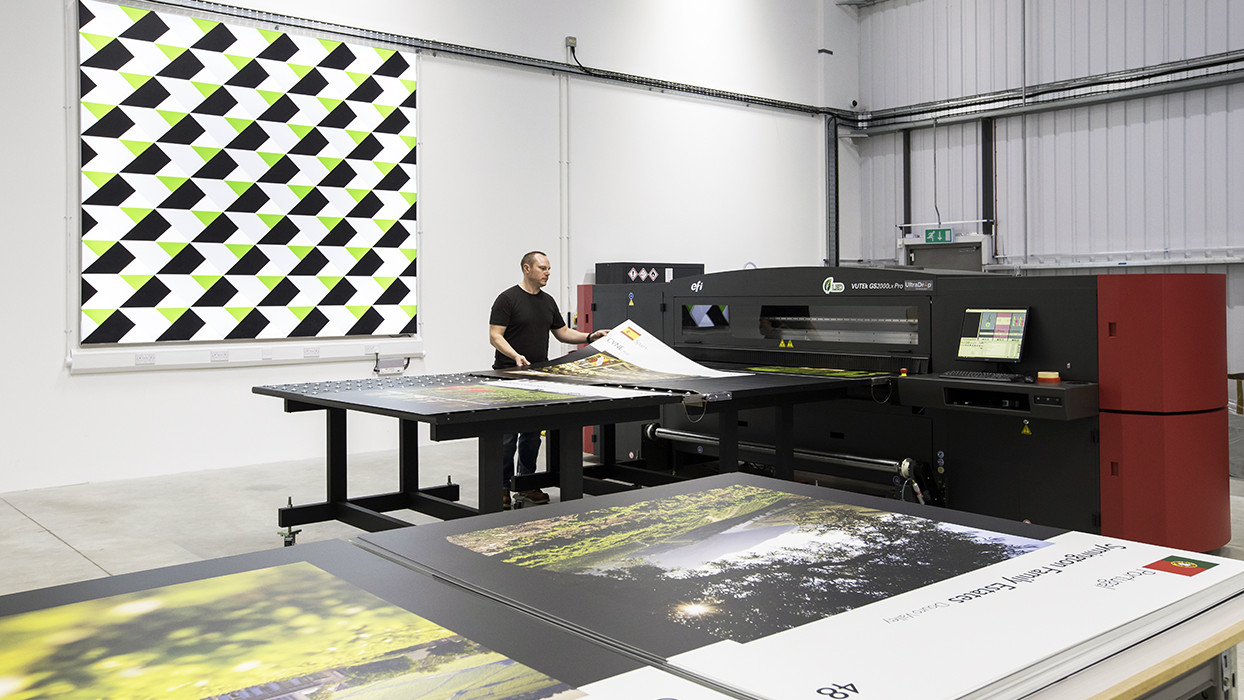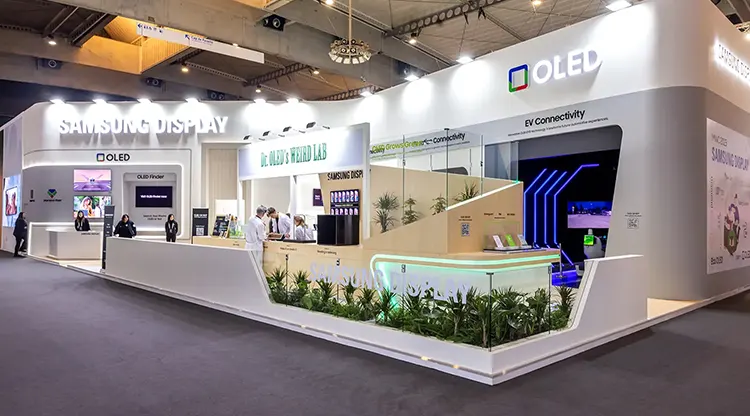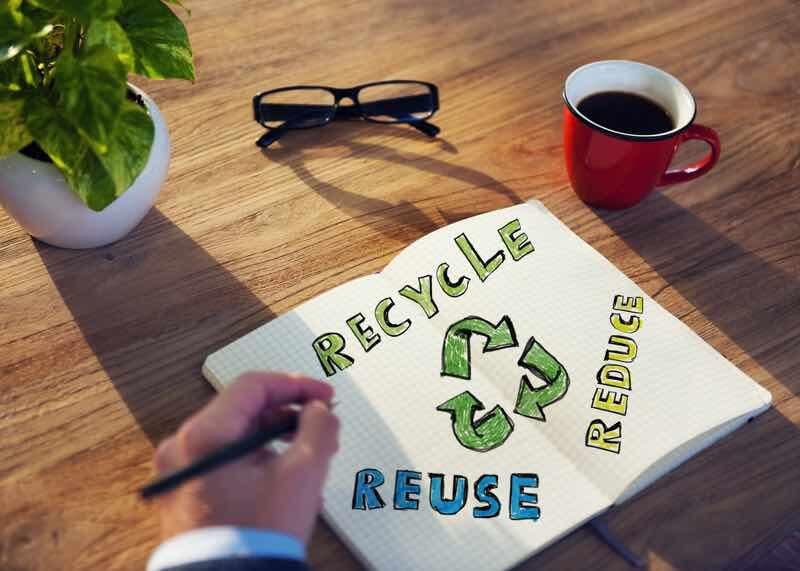In today’s digital age, the demand for sustainability and environmentally-friendly practices is paramount. Among the many steps we can take, knowing how to create zero waste print files is essential. Whether you are a business professional or someone who prints documents at home, reducing waste in printing is crucial for preserving our planet.
Creating print files that are zero waste involves understanding the basic principles of sustainable printing. By adopting these strategies, you can contribute to a cleaner environment while optimizing your printing processes. This article will guide you through practical steps and considerations, ensuring that your print files are as eco-friendly as possible.

Understanding Zero Waste Printing
Zero waste printing is the concept of minimizing waste generated during the printing process. This includes reducing paper usage, utilizing eco-friendly inks, and optimizing print settings to ensure minimal environmental impact. Zero waste printing not only conserves resources but also reduces costs and enhances the overall efficiency of printing operations.
The Importance of Zero Waste Print Files
Creating zero waste print files is crucial in today’s world. With increasing awareness about climate change and environmental degradation, every small action counts. By minimizing waste in print files, we can significantly reduce our carbon footprint and promote sustainable practices.
Steps to Create Zero Waste Print Files
1. Choosing the Right Software
Selecting software that supports eco-friendly printing options is the first step. Many modern software applications offer features that help reduce paper and ink usage. Look for options that allow you to preview documents before printing and adjust settings for optimal resource utilization.
2. Optimize Document Layouts
Efficient document layouts are key to reducing waste. Use smaller font sizes, adjust margins, and employ single-spacing to fit more content on each page. This simple step can significantly cut down on paper usage.
3. Use Recycled Paper
Choosing recycled paper is a fundamental aspect of zero waste printing. Recycled paper consumes less energy and resources during production. Consider checking out recycled papers that are ideal for printing needs.
4. Implement Print Preview
Always preview your documents before printing. This helps catch formatting errors and unnecessary pages, ensuring that only essential content is printed. This practice can drastically cut down on waste and enhance the quality of your print files.
5. Utilize Digital Documents
Whenever possible, opt for digital documents instead of printed ones. Share files via email or cloud services to reduce the need for physical copies. Digital documents not only save paper but also enhance accessibility and collaboration.
Eco-friendly Printing Techniques
6. Use Eco-friendly Inks
Traditional inks can be harmful to the environment. Opt for vegetable-based or soy-based inks that are less toxic and biodegradable. These inks are a sustainable alternative that contributes to zero waste printing.
7. Double-sided Printing
Enable double-sided printing to maximize paper usage. Most printers have this option, which can reduce paper consumption by up to 50%. This simple adjustment is a significant step towards creating zero waste print files.
8. Adopt Print Management Software
Print management software can help monitor and control printing activities. These tools provide insights into usage patterns and suggest ways to minimize waste. Consider exploring publishing methods that align with zero waste goals.
Benefits of Zero Waste Print Files
9. Cost Savings
Reducing waste in print files translates to cost savings. By using fewer resources, businesses can lower their operational expenses while promoting sustainability.
10. Environmental Impact
Zero waste print files contribute to a healthier environment. By minimizing waste, we decrease the demand for raw materials and reduce pollution, ultimately aiding in the fight against climate change.
11. Improved Efficiency
Efficient printing processes enhance productivity. By streamlining operations, businesses can focus on core activities, leading to improved overall efficiency.
Challenges and Solutions
12. Overcoming Resistance to Change
Adopting zero waste practices may face resistance due to ingrained habits. Educating stakeholders about the benefits and providing training can facilitate a smoother transition.
13. Technological Constraints
Some organizations may lack the infrastructure for eco-friendly printing. Investing in updated equipment and software can overcome these challenges and support zero waste initiatives.
Future of Zero Waste Printing
14. Innovations in Printing Technology
The future of printing is promising, with advancements aimed at reducing waste. Emerging technologies are making it easier to achieve zero waste goals, paving the way for sustainable printing practices.
15. Global Movement Towards Sustainability
Governments and organizations worldwide are emphasizing sustainability. This global movement is driving innovation and encouraging businesses to adopt eco-friendly practices.
For more tips on sustainable printing, visit ezeep’s guide on sustainable printing.

FAQs
What is zero waste printing?
Zero waste printing refers to practices aimed at minimizing waste in the printing process. This includes reducing paper and ink usage and optimizing settings for minimal environmental impact.
How can I reduce paper usage in printing?
Reduce paper usage by employing double-sided printing, optimizing document layouts, and utilizing digital documents whenever possible.
Are there eco-friendly inks available?
Yes, eco-friendly inks such as vegetable-based and soy-based inks are available. These inks are biodegradable and less harmful to the environment.
This article contains affiliate links. We may earn a commission at no extra cost to you.







